Over the past ten years, Son La has become a bright spot in the country in transforming the agricultural structure associated with sustainable development in the midlands and mountainous areas of the North. From the arid hillsides, Son La has "covered the sloping land" with hundreds of thousands of hectares of fruit trees, turning the harsh land into "the largest fruit granary in the North". This journey not only reflects the strategic vision in developing commodity agriculture but also demonstrates the organizational capacity, creativity and aspiration of the ethnic people of Son La. 
Many years ago in Son La there were bare hills, mainly cultivated with corn and cassava.
The numbers speak for themselves.
2025: The total area of fruit trees and hawthorn trees in 2025 is estimated to reach 85,050 hectares, of which the area of converted and newly planted fruit trees in the period 2016 - 2025 will reach 61,448 hectares; the fruit output in 2025 is estimated to reach 510,000 tons; compared to 2016, the area increased by 219%, the output increased by 332%; reaching 81.14% in area and 85.5% in output compared to the 2025 target. Forming and developing a number of concentrated fruit growing areas, suitable for each sub-climate region, with high quality and efficiency in the districts of Mai Son (strawberries, custard apples, etc.), Song Ma (205 Golden Longan, etc.), Yen Chau (round mangoes, plums, etc.), Muong La (mangoes, apples, etc.), Moc Chau (crispy persimmons, pears, plums, etc.), Van Ho (peaches), Phu Yen (oranges, tangerines, etc.), ... becoming the largest vegetable and fruit production and processing center in the Northwest region.
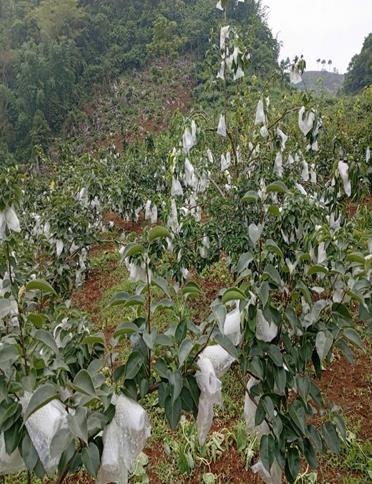

High economic efficiency from fruit trees
The value of fruit tree production for stable income is on average 150-300 million VND/ha/year, some typical models reach 400-500 million VND/ha/year, compared to 2016 the value increased 4-10 times (110-430 million VND/ha).
Up to now, Son La province has maintained 218 growing area codes, 31 agricultural products bearing the province's geographical names have been granted protection certificates by the Department of Intellectual Property (Ministry of Science and Technology), 201 safe fruit production, processing and trading chains (in 2015 there were 02 chains) with a total area of 4,502 hectares, the output supplied to the market reached about 54,207 tons/year.
The fruit products produced are sold directly to businesses, cooperatives, organizations and individuals for consumption in the province; some fresh fruit products (mango, longan, plum, strawberry...) of Son La province have entered the distribution chains of large supermarkets such as: Vinmart, Big C, Lotte, Hapro... in large quantities; in addition, the fruit is also consumed in provinces such as: Hanoi, Lang Son, Quang Ninh, Hai Phong,...
Hundreds of cooperatives and cooperative groups have been established, participating in the production and consumption chain. From 2016 to now, the province has formed 335 enterprises, cooperatives, and cooperative unions growing fruit trees with an area of 9,389.12 hectares. Enterprises and cooperatives have performed well the role of technical guidance, connection, and support in the production and consumption of fruit products for cooperative members, improving production efficiency.
Many products are granted growing area codes, traceable origins and exported to the markets of China, Japan, Korea, and the EU. From 2017 to 2024, the province focused on directing the export of fresh fruit and processed products, reaching 158,395 tons of fruit, worth 160,809 thousand USD. The province's agricultural export markets are 15 markets, including: China, Australia, Korea, Japan, EU, USA, Taiwan, UAE...; in 2025, it is estimated that 31,560 tons (fresh fruit and processed fresh fruit) worth 35,896 thousand USD will be exported.
These figures not only show quantitative growth, but also qualitative change; from spontaneous production to commodity production, from individual farmers to chain linkages, from “self-sufficiency” to “commodity farming, market integration”.
Obvious economic and social benefits
After more than 10 years of implementation, the program has effectively exploited the potential and strengths of the locality, forming many models of getting rich from fruit trees and processing fruit products, contributing to poverty reduction, improving economic potential and investment capacity of the people. The flourishing agricultural production has directly improved the lives and incomes of farmers, contributing to the implementation of new rural construction in the province, affirming that the policy of developing fruit trees is the right and effective direction.
Developing concentrated fruit growing areas associated with large processing factories and small and medium-sized processing facilities has created jobs and increased income for people in districts and cities. Contributing to stabilizing life and sustainable poverty reduction, especially in ethnic minority areas.
The development of cooperatives has contributed to completing criterion No. 13 on production organization in new rural construction, creating stable jobs for nearly 5,000 workers.
Not only creating sustainable livelihoods, the sloping land reforestation program also contributes significantly to protecting the ecological environment, retaining water for Son La hydroelectric reservoir, limiting erosion, landslides, soil leaching, protecting land and water resources, and increasing forest cover.
Problems in the new era
Great achievements but still many challenges need to be solved in the new development stage:
1. Market problem - "good harvest, low price"
Agricultural prices still depend on traders, and the concentrated harvest time often causes products to "fall in price" despite high output. Lack of cold storage and processing plants makes it easy for agricultural products to be stagnant.
2. Infrastructure and logistics problems
The mountainous terrain and limited transportation routes increase costs and affect the quality of goods. The system of warehouses and processing centers is not enough to serve the scale of hundreds of thousands of tons per year.
3. Technical problems on sloping land
Farming on sloping land is prone to erosion and soil degradation, so measures such as terraces, intercropping, bio-mulching, and water-saving irrigation are needed. In addition, climate change increases the risk of pests and extreme rains.
4. Production organization and chain linkage problem
The cooperative model is still fragmented, lacking leading enterprises. Farmers have difficulty accessing credit, lack market information and value chain management skills.
5. Problems when implementing a two-level local government model
The transition to a two-tier model requires clear decentralization in planning, licensing, management of growing area codes, and product quality monitoring.
District-level officials are now the “coordination center” for all fruit tree development activities. The two-level model increases the workload, while the team of agricultural, economic and environmental management officials is still thin and uneven.
In fruit tree development, the need for investment in irrigation infrastructure, roads, cold storage, and deep processing is very large. However, when switching to a two-level model, the right to allocate budget is concentrated at the district level, making it difficult to mobilize and coordinate resources according to inter-district or inter-commune growing areas.
Fruit tree development in the new context cannot be separated from digital transformation, management of growing area data, and electronic traceability. The 2-level model requires the information management system from province to district, cooperatives, and enterprises to be synchronized, avoiding duplication and data loss.
Directions for the next decade
For Son La to continue to sustainably develop fruit trees on sloping land, a comprehensive strategy is needed, including:
Planning planting areas according to ecological sub-regions; prioritizing trees suitable to the terrain and climate of each locality.
Digital agriculture applications: managing growing area codes, electronic diaries, QR code tracing, selling on e-commerce platforms.
Investing in processing infrastructure and cold storage in key areas.
Developing new-style cooperatives closely linked with businesses and consumer markets.
Transfer of sustainable farming techniques on sloping land: drip irrigation, organic mulch, proper soil, water and fertilizer management.
Training a generation of digital farmers who know how to use technology and manage output according to international standards
After 10 years, Son La has affirmed its position as the "fruit capital of the Northwest", a vivid demonstration of the strength of the will of the people of the mountainous region. This success not only creates a new face of agriculture but also opens up opportunities for green, ecological economic development, adapting to climate change. Entering the era of digital transformation and international integration, Son La's problem is not only to increase area or output, but to enhance the value, brand, and sustainability of each sweet fruit on the sloping land of the homeland./.
Dinh Minh Khanh - Son La Provincial Political School
Source: https://sonla.dcs.vn/tin-tuc-su-kien/noi-dung/son-la-10-nam-phu-xanh-dat-doc-bang-cay-an-qua-thanh-tuu-va-bai-toan-trong-ky-nguyen-moi-5659.html


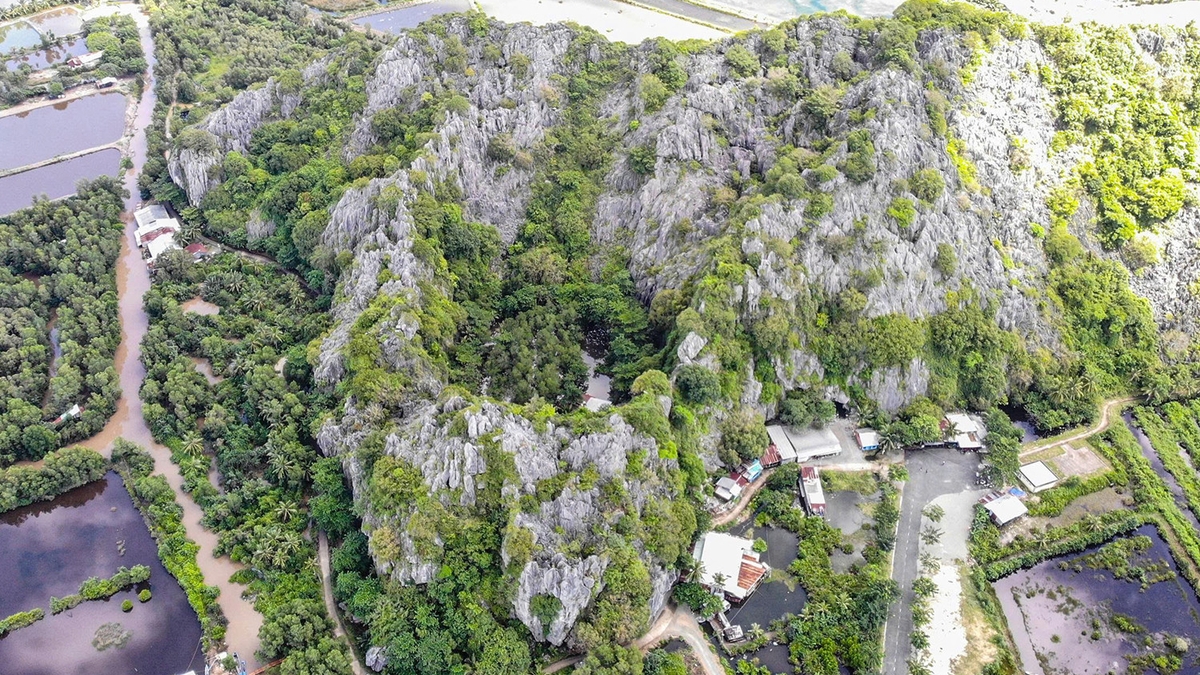

![[Photo] Unique architecture of the deepest metro station in France](https://vphoto.vietnam.vn/thumb/1200x675/vietnam/resource/IMAGE/2025/11/14/1763107592365_ga-sau-nhat-nuoc-phap-duy-1-6403-jpg.webp)








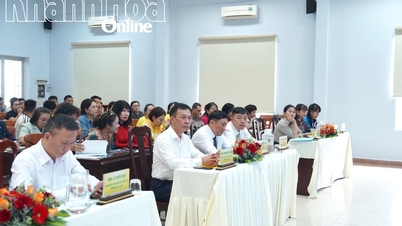

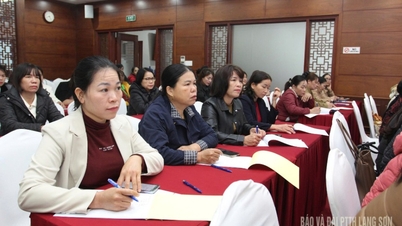

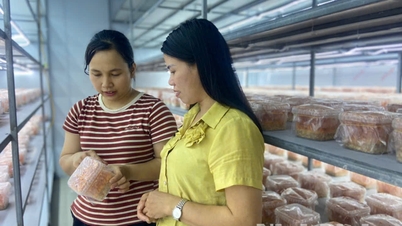

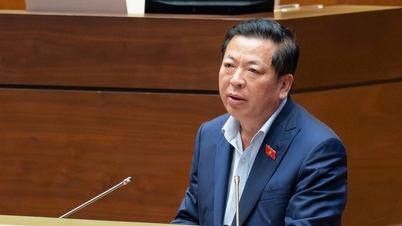

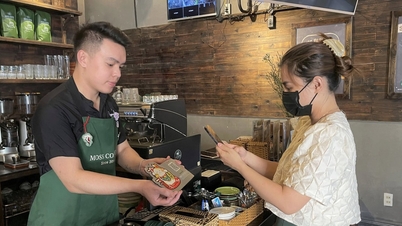


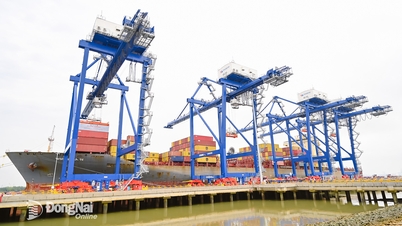

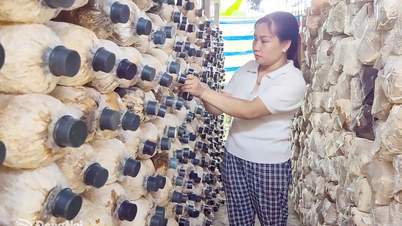







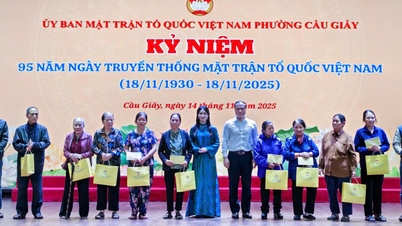
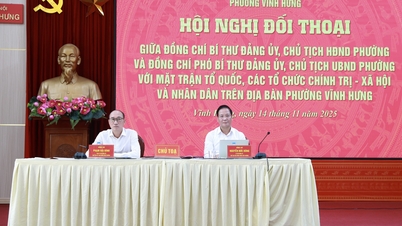
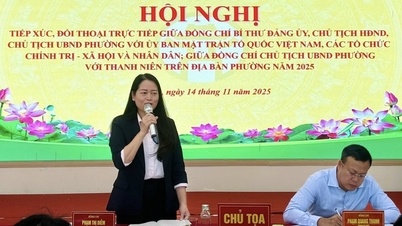


![[Photo] Unique art of painting Tuong masks](https://vphoto.vietnam.vn/thumb/1200x675/vietnam/resource/IMAGE/2025/11/14/1763094089301_ndo_br_1-jpg.webp)
![[Photo] Special class in Tra Linh](https://vphoto.vietnam.vn/thumb/1200x675/vietnam/resource/IMAGE/2025/11/14/1763078485441_ndo_br_lop-hoc-7-jpg.webp)










































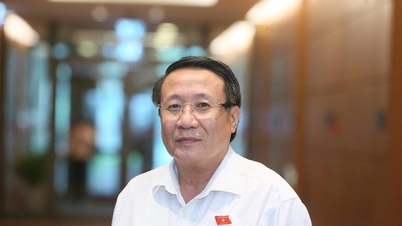



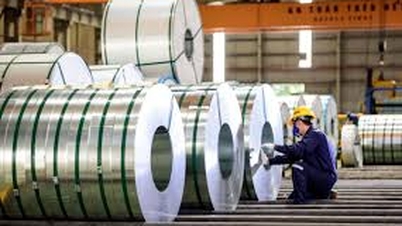


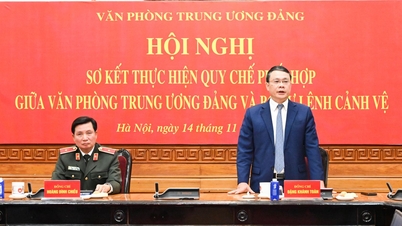

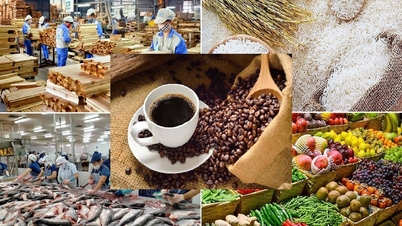




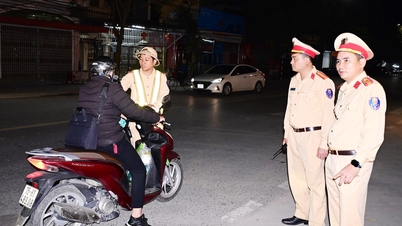









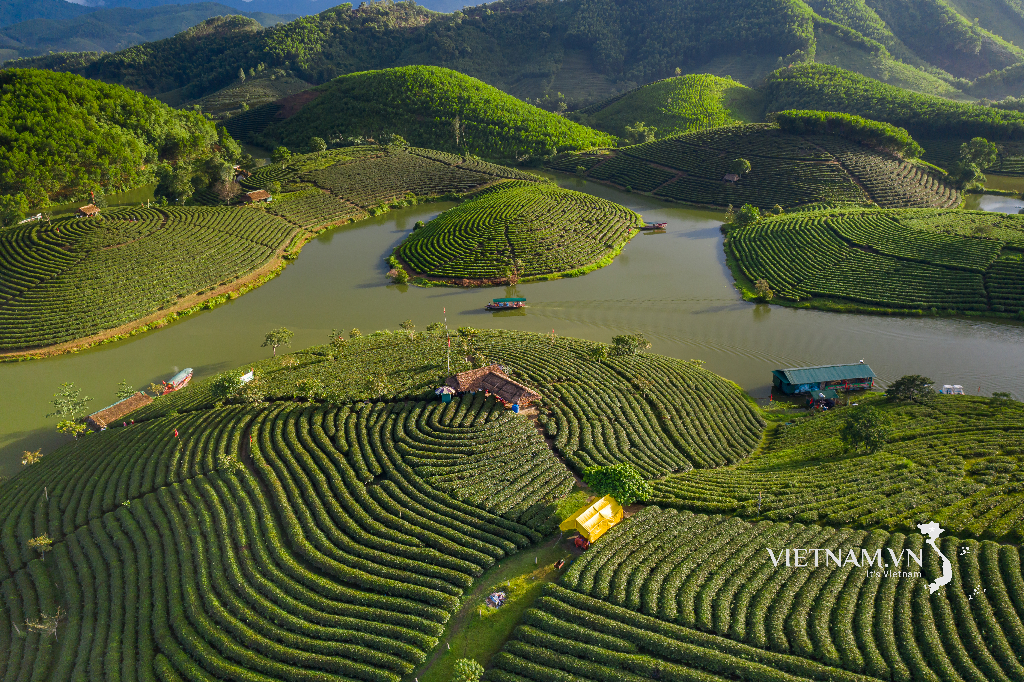

Comment (0)